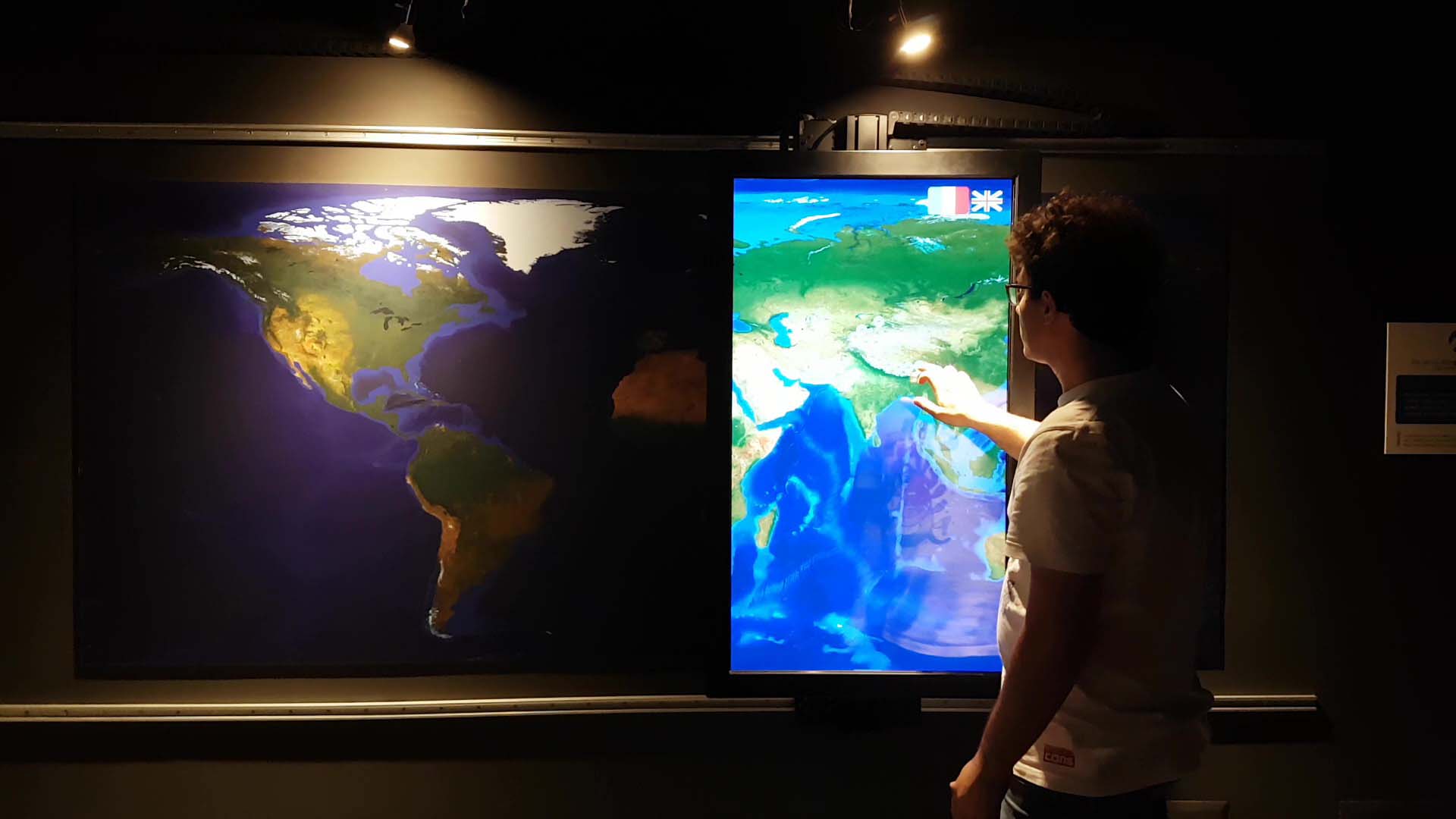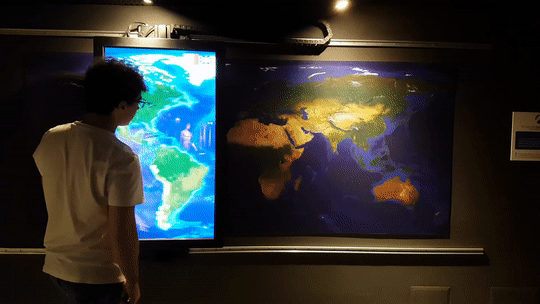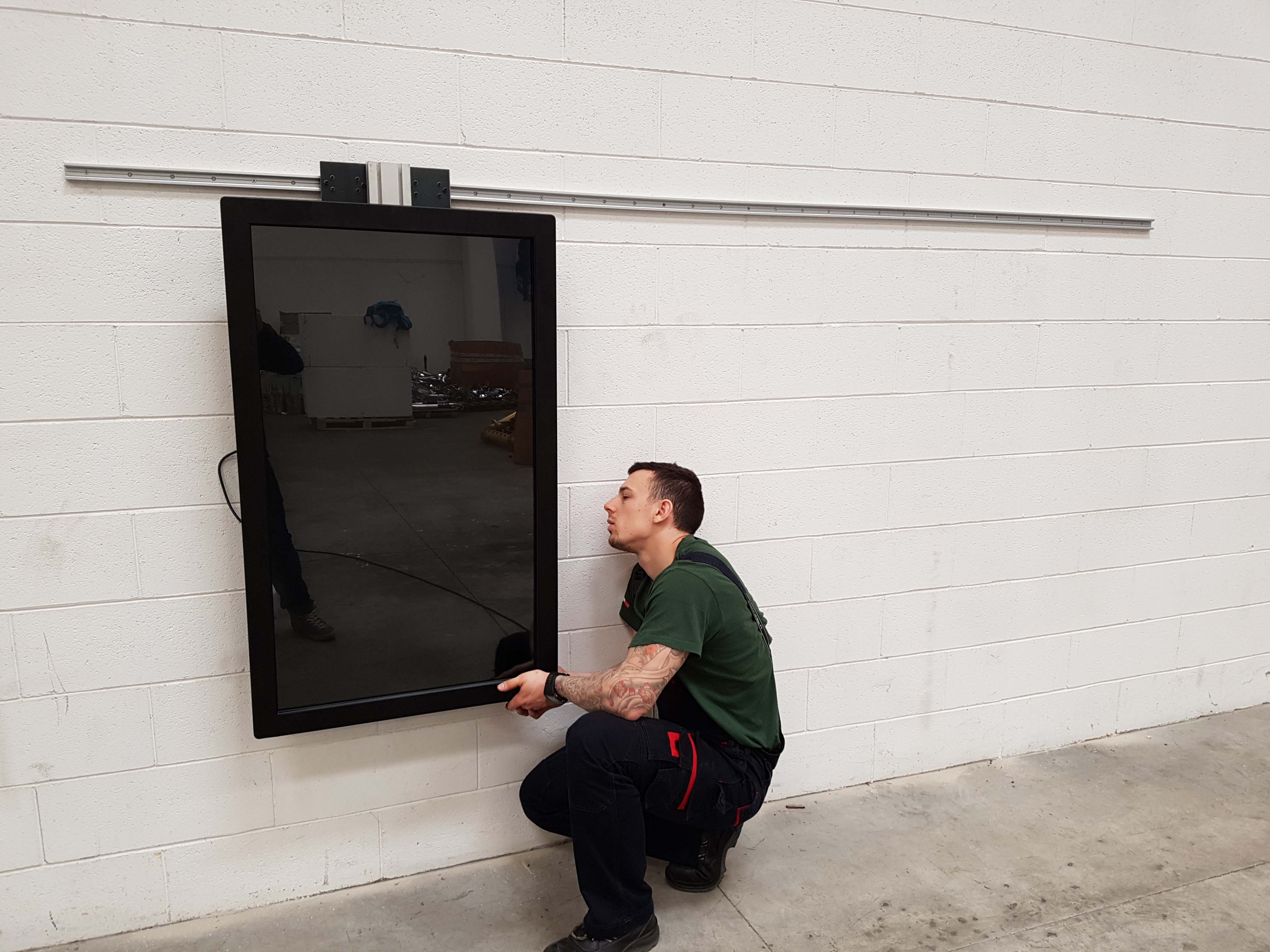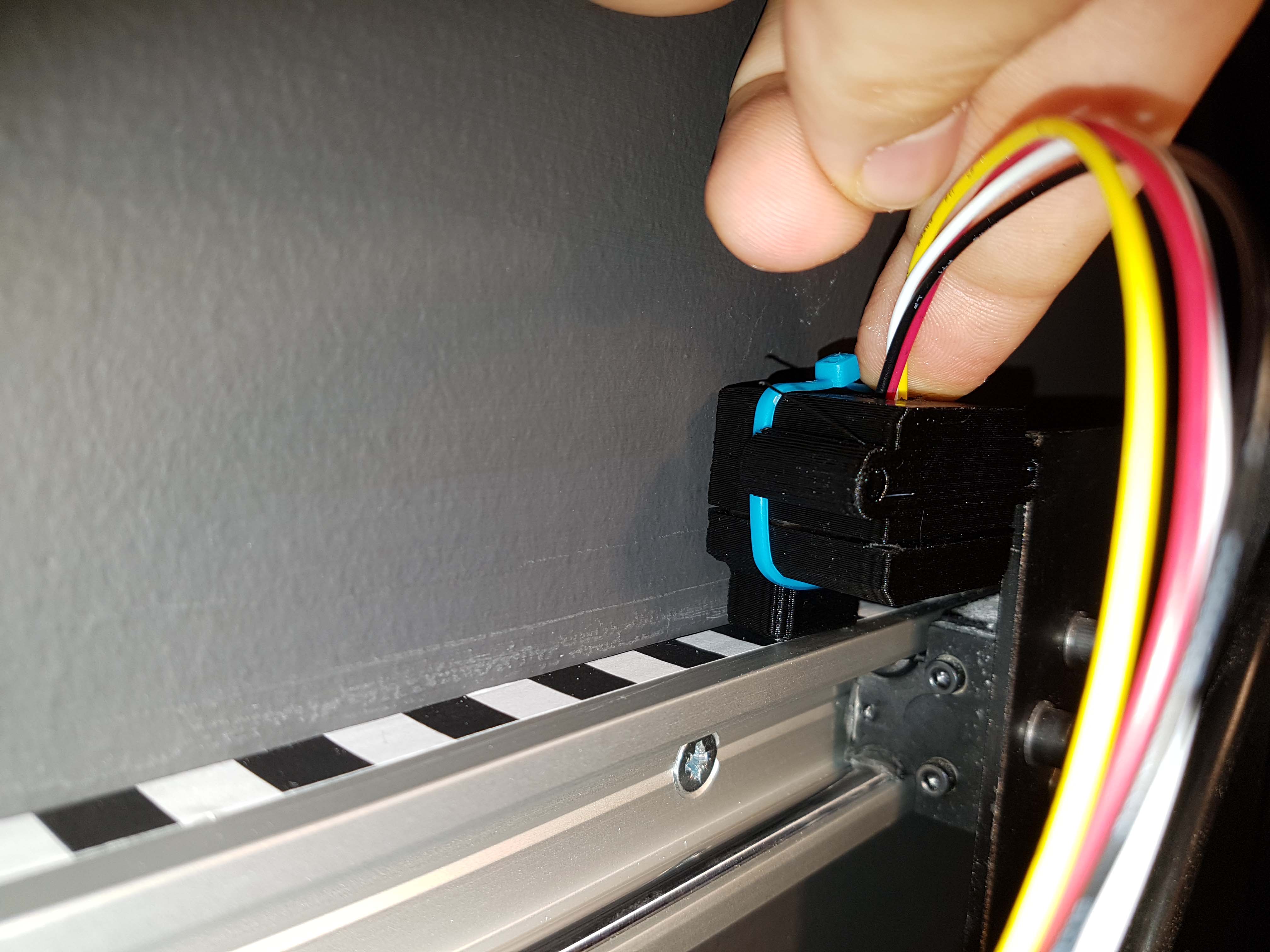World Slider for Osservatorio Alpinistico Lecchese




Description
Osservatorio Alpinistico Lecchese
June 25, 2016
The World Slider is an exhibit for the "Osservatorio Alpinistico Lecchese" and was commissioned by the company HGV Italia.
This exhibit shows all the international expeditions of the "Alpini Lecchesi", an ancient Italian military force specialized in working at high altitudes. The exhibit is composed of a static world map with a touch screen that can slide over it, showing different details on the mission depending on where you place it.
To make everything clear and more convenient to supervise, I divided the work in 3 big parts.
The first one is the graphic designing part, the World Map and all the other graphics are designed by Stefania Luise.
The second part is the mechanical part, because the basic idea was that the heavy screen had to slide easily in front of the world map. Sliders and supports are hand made by Castelnuovo Snc, international and expert company in metal working.
Last but not least, the third part, the electronics and the coding, in other words my part.
I realized the brain of this Exhibit using a Mini Pc running Windows 10, connected to an Arduino UNO.
The challenge in this project was that I had to read the screen movement, but i didn’t had enough budget for a good rotary encoder, and everyone knows that a cheap one is pure s***t, so I had to find a cheap solution to read the movement. I used a sensor for the line following robot, a cheap sensor that can understand if it is on a black shape or not and a distance sensor, then I used the distance sensor to understand the direction of the movement (and having an absolute calibration point for the handmade optical encoder) and the line sensor understands if the object is moving or not, thanks to the sticker that I placed on the upper side of the exhibit. It might sound crazy and messy, but just look at the pictures at you’ll see it’s pure madness and genius at the same time..
The whole system worked fine, I’m just realizing while writing this article that I could get a more precise direction estimation using 2 line sensors and oblique lines on the sticker, but you know, what's done is done.
This is a project that I had to realize in a very short and limited time and with a very low budget, but I'm happy with the result, mostly cause I really love finding alternative solutions to various problems.